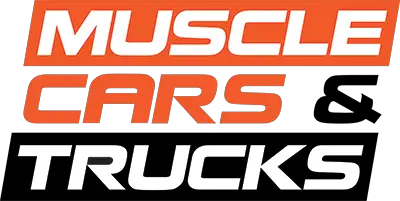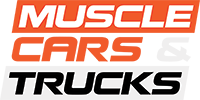Electric cars are starting to make inroads into the U.S. market, even if their total market share remains a blip on the sales charts. From a cultural perspective, the proliferation of the EV represents a state of progress for many. However, not all electric vehicles are made equally. Not to be bothered with the *antiquated* battery tech employed by other automakers, one California-based engineering firm has set their sights on reshaping the EV space with the Hyperion XP1 hypercar.
The company appears to be named after the Greek titan Hyperion, whom fathered Helios the sun god, Selene the moon goddess and Eos, the goddess of dawn. The CEO of Hyperion is Angelo Kafantaris, just 36 years old and of Greek descent.
If this is the first time you are hearing of Hyperion, that is likely because they are best known for their work in the commercial spaceflight sector. The Hyperion XP1 is the firm’s first foray into the automotive space, and it is quite the first go indeed. The supercar looks unlike anything else on the road, and its trick hydrogen fuel cell powertrain is quite unique as well.
This is a completely different take from another American hypercar. The SSC Tuatara, meanwhile, utilizes a more traditional 5.9L twin-turbo flat-plane crank V8 found behind the driver, but targets a top speed of 300 miles per hour from as much as 1,750 horsepower.

In a battery operated electric car like a Tesla, you add range to the vehicle by charging it up like any other device you own. While this works fine and well, there are some drawbacks to this solution. Batteries begin to degrade and lose capacity over time for example, and much of the power grid here in the States still relies heavily on fossil fuels to generate electricity. Thanks to the hydrogen fuel cell powering the XP1 however, Hyperion has side-stepped these issues.
Because energy is stored within the fuel cells themselves, there is no need for batteries onboard the XP1. This in itself will help to keep the weight of the supercar down compared to other EVs, which the company says helps it in the handling department. The lack of batteries also means that you can top up the tank in just about five minutes, with a total range of around 1,000 miles. This hugely impressive figure is achieved thanks to Hyperion’s unique hydrogen storage system, and outclasses just about everything we’ve seen before.
We don’t know a ton about the Hyperion XP1 yet, but we do know that it can do 0-60 mph in about 2.2 seconds thanks to its all-wheel drive layout. The concept is far from road ready, and even Hyperion themselves describe the project as an “education tool”. That said, if they can produce a vehicle that can deliver on these statistics, the EV market will certainly take a hard look at the future.





